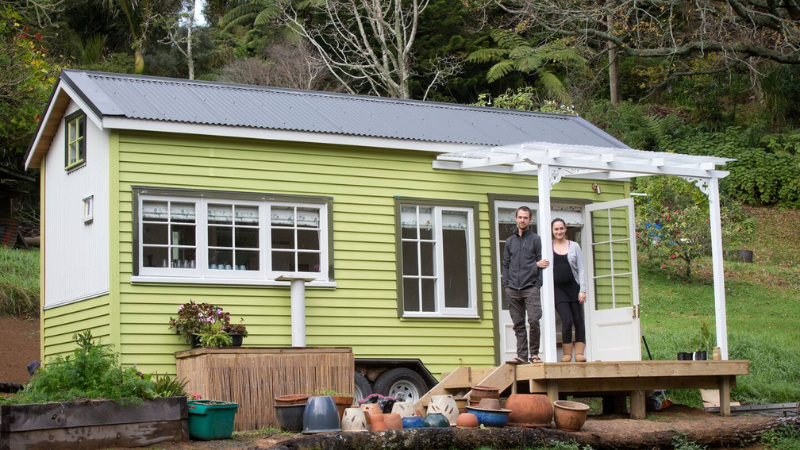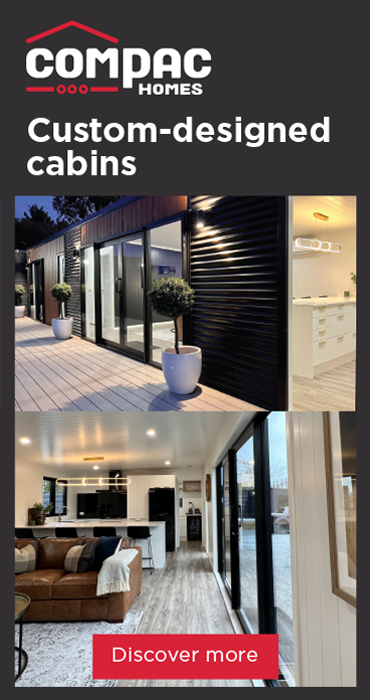It was niche, grassroots, and driven by people with a passion for living lightly. The homes were true to their name: small, lightweight, and often built on a shoestring budget. They were homes for dreamers, people who wanted to reduce their environmental footprint and embrace a simpler way of life.
But over the past decade, the tiny house industry in New Zealand has undergone a remarkable transformation. It has grown, matured, and diversified, responding to shifting needs and demographics. The story of tiny living has evolved, and so have the homes themselves.
In the early days, the typical tiny house buyer was younger, often in their 20s or 30s, and deeply motivated by environmental concerns. These early adopters saw tiny homes as a way to tread lightly on the planet, embracing sustainability and minimalism. Back then, the industry was small, with only a handful of builders, and tiny homes were designed to be affordable and efficient, catering to a lifestyle that prioritised freedom over frills.
Fast forward to today, and the landscape looks very different. While sustainability remains an important factor, financial realities have become a major driver for tiny house buyers. The demographic has shifted noticeably. Now, many buyers are aged 45 and older, turning to tiny homes as a solution to financial pressures, retirement planning, or re-entering the housing market after years of renting. These buyers aren’t just looking for a lifestyle, they’re looking for security.
As the people buying tiny homes have changed, so too have the designs. The lofted sleeping spaces that were once a hallmark of tiny homes are no longer the default. Older buyers, in particular, prefer ground-floor bedrooms, prioritising comfort and accessibility over climbing ladders.
Another emerging trend is modular living. Instead of a single, self-contained unit, many buyers now opt for multiple small structures, a main house paired with additional pods or cabins. These modular designs allow for greater flexibility, with spaces connected by decks or pergolas. This approach accommodates changing needs, whether it’s adding a guest room, a workspace, or an art studio.
The industry’s growth has been extraordinary. What started as a handful of builders has expanded into a bustling market with options ranging from budget-friendly DIY kits to high-end, architect-designed homes. The designs have become more sophisticated, offering better insulation, smarter storage solutions, and even off-grid capabilities.
However, this growth hasn’t come without challenges. Rising material and labor costs mean that tiny homes are no longer as affordable as they once were. For the industry to continue thriving, it’s crucial to find ways to keep homes accessible to those who need them most, especially in the face of New Zealand’s ongoing housing crisis.
Looking back on the past decade, I’m struck by how far the tiny house movement has come. What began as a niche lifestyle has become a mainstream solution for a diverse range of people. Tiny homes have proven their versatility and their value, offering not just shelter but freedom, freedom from debt, from environmental guilt, and from the constraints of traditional housing.
As we look to the future, I’m excited to see how tiny homes will continue to evolve. Whether it’s through innovative designs, new building techniques, or the ways they adapt to changing lifestyles, tiny homes remain a symbol of hope and possibility in an ever-changing world. And after ten years in the industry, I can confidently say: the best is yet to come.


